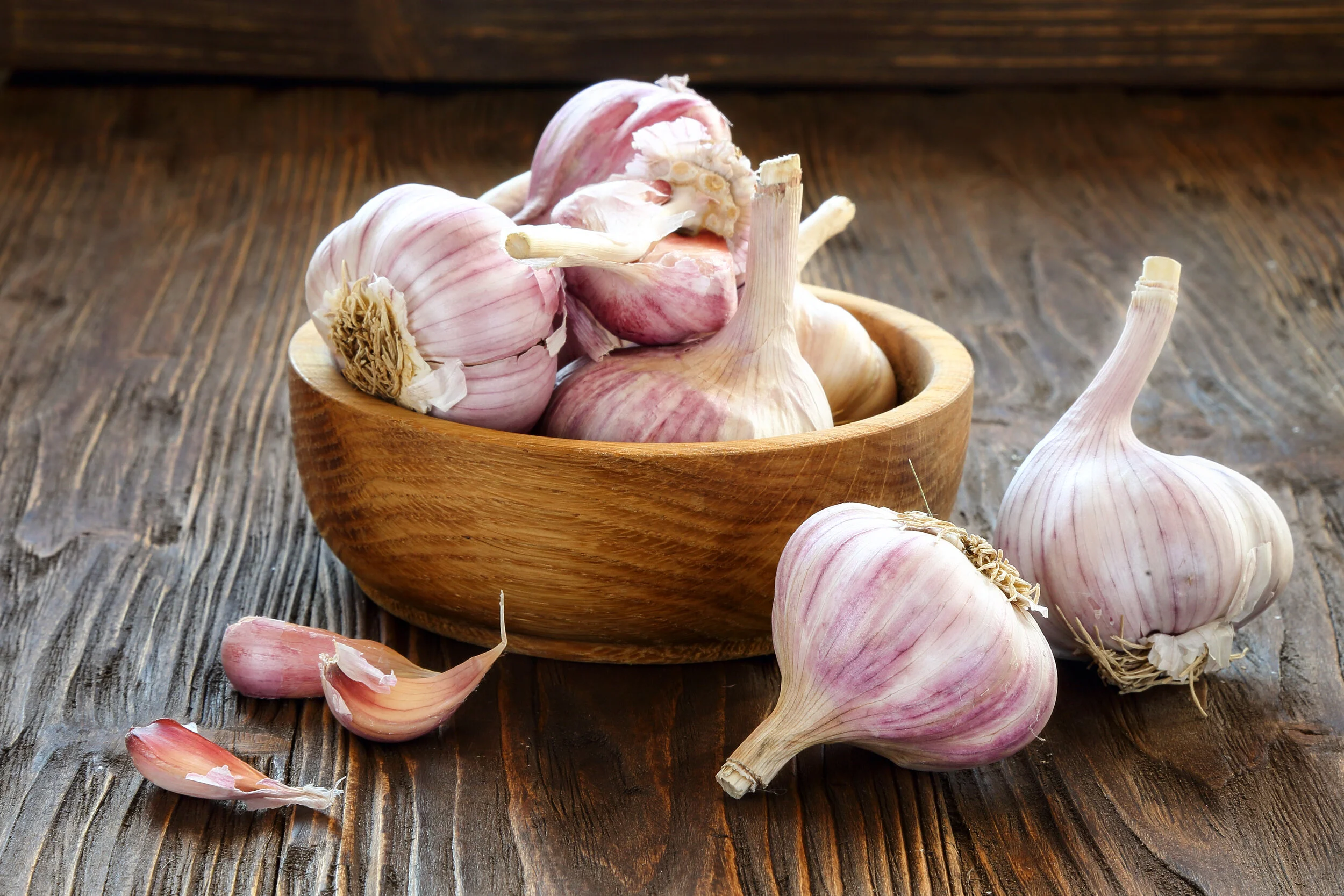Probiotics
Sue McGarrigle
Probiotics are live microorganisms that are beneficial to health when consumed in adequate amounts. An important characteristic of probiotics is that they are consumed in a form that remains intact during digestion to survive the passage through the gastro-intestinal tract. When probiotics reach the colon they interact with other bacteria and the intestinal mucosa. The intestinal mucosa is critical to the synthesis and absorption of nutrients, providing important protection against potentially harmful agents and infection, and plays an important role in overall immune function.
The most commonly used probiotics are strains of Lactobacilli and Bifidobacteria. Many strains have been safely used for centuries in fermented foods, and have no known toxicity or virulence. Specific strains often added to foods and beverages include L. kefir, L. acidophilus, L.bulgaricus and B. lactis. Normal bacterial populations in the gut can prevent overgrowth of pathogens. Factors, such as antibiotics, illness, stress, diet or medical conditions can disrupt the beneficial bacteria normally found in the human intestine. Consumption of probiotics provides beneficial microorganisms that can support the balance of gut microflora. Lactic bacteria within our normal microflora play an important role in helping to inhibit cholesterol uptake from the intestinal tract, contributing to the maintenance of normal serum lipid levels.
Vitamins and other nutritional components (such as short-chain fatty acids) are produced ‘on site’ in the intestinal tract by the action of lactic bacteria fermenting or breaking down starches in the foods we eat. Both adhesion and transitory bacteria help increase faecal mass and improve the function of the bowel by facilitating the removal of waste material from the colon. Chemical and metabolic by-products that may be intestinal mucosal irritants can be neutralised by lactic bacteria, rendering them less problematic. Lactic bacteria have the property of producing lactic acid from sugars by a process called fermentation. Lactic bacteria in the intestines break lactose down into short-chain fatty acids and other substances that can be absorbed by the colon.
Lactobacillus acidophilus and Bifidobacterium lactis are the principal adhesion strains of lactic bacteria that have been identified, researched and acknowledged as the primary organisms that help support gut immunity in humans as well as providing natural by-products that are antagonistic to unwanted or opportunistic bacteria and yeast organisms that can either reside in the gut in a non-pathogenic state or by modifying the acidity of the gut environment making it less friendly to certain unwanted ingested bacteria. Both these ‘friendly’ organisms also have the ability to make it difficult for some pathogenic bacteria to adhere to the surface of the gut wall, simply by spatial exclusion, that is, by reducing the potential epithelial attachment sites available for the ‘unfriendly’ bacteria or yeasts to attach to and grow.
L acidophilus and B.lactis bacteria produce lactic acid and help maintain the pH of the intestinal environment in an optimum state, as well as producing on-site hydrogen peroxide, and the metabolite acidophilin. During digestion, L. acidophilus assists in the production of niacin, folic acid, and pyridoxine.m L. acidophilus can assist in bile deconjugation, separating amino acidsm from bile acids, which can then be recycled by the body. Research studies show B. lactis with significant "immunological" properties improving antibody response, IgA, IgM and IgG. It resists acid digestion, the action of bile salts and survives intestinal transit allowing larger numbers to reach the colon. B. lactis is known to help support normal bowel motility. It also supports healthy immune responses.
Although Lactobacillus bulgaricus and Lactobacillus kefir are transitory organisms, they both play a beneficial role in helping influence and modify the intestinal ecology of the digestive tract, helping with the breakdown of cellulose and starches in the diet, making them more digestible. Tolerance to some foods may be improved with the daily consumption of transitory lactic bacteria and the availability of a more accessible source of nutrition to selectively feed the adherence strains of lactic bacteria can also be enhanced by the digestive activity provided by L bulgaricus and L kefir. The activity of phyto oestrogens such as lignans may also be enhanced through the interaction of these transient bacteria.
A century ago Professor Eli Metchkinof designated the name ‘bulgaricus’ to the primary lactic bacteria that he and his research team isolated from fermented milks and cheeses consumed by these populations.
Professor Metchkinof reasoned that the people he studied owed their good health and longevity to the benefits imparted by L.bulgaricus and that it was the daily consumption of this organism that provided the optimum benefit. L.bulgaricus is proteolytic. It supports digestion and is recommended for overall support of the friendly bacteria, digestibility of milk products and other proteins, and immune enhancement.
L.kefir can be found in many different environments and in fermented foods such as sauerkraut and pickles, also fermented milk and milk products. Like Metchkinof, Sir Robert McCarrison studied the health of the Hunzas over many years and he noted that they consumed a lactic bacteria organism, and that in this instance the beneficial agent identified by him and his team was Kefir. L.kefir mediates adhesion and provides the ability to be transferred to non-adhesive lactic acid bacteria.
Summary
support gut immunity
production of antibiotic factors
sequestration of iron
pH reduction
spatial exclusion
lactose tolerance
synthesis of
vitamins and scfa’ssupport nutrient
absorptiondeconjugation of
bile saltsuptake of
cholesterol from intestinesserum lipid
levelshealth of
intestinal mucosavaginal health
adhesion /
intestinal ecologyIFN alpha
productionReduction of milk
proteins and fatsbreak down of cellulose
and starchessupport digestive
processfaecal mass /
bowel functionfood tolerance
phyto-oestrogen
activityWhen probiotics are
useful:Colonization resistance: Perhaps the greatest
benefit attributed to probiotics is their contribution to the presence of large
numbers of beneficial organisms that may limit the colonization of less
friendly organisms.Lactose tolerance:
Lactose may be better digested when
consumed in the form of a probiotic-containing food.A healthy gut mucosa possesses immune modulating
effects, and acts as a first line of defence by preventing disruption of the
mucosal barrier and gut associated lymphoid tissue dysfunction.Enhancement of digestive efficiency
Lipid metabolism
EcoDophilus is a synergistic blend of resident and transient strains of beneficial bacteria in combination which can contribute to health and immunity promoting G.I. health and function. They support the ecology of the gut, the natural resistance of the mucosal defences against unwanted ingested organisms and digestion and tolerance to a broader spectrum of foods. Ecodophilus is FOS free, dairy free, yeast free and gluten free and is suitable for vegans and vegetarians. Children over the age of 2 may also take Ecodophilus.





